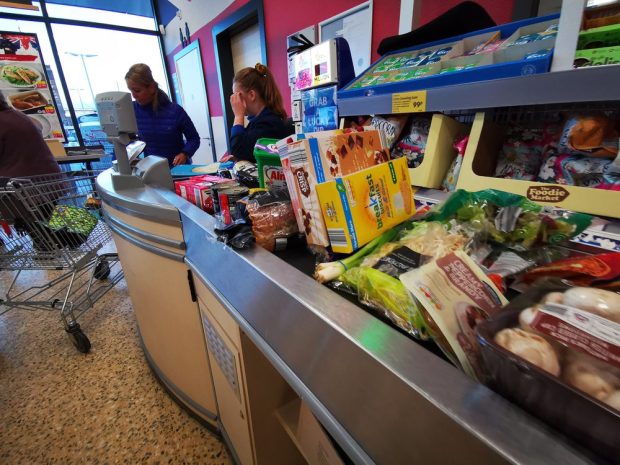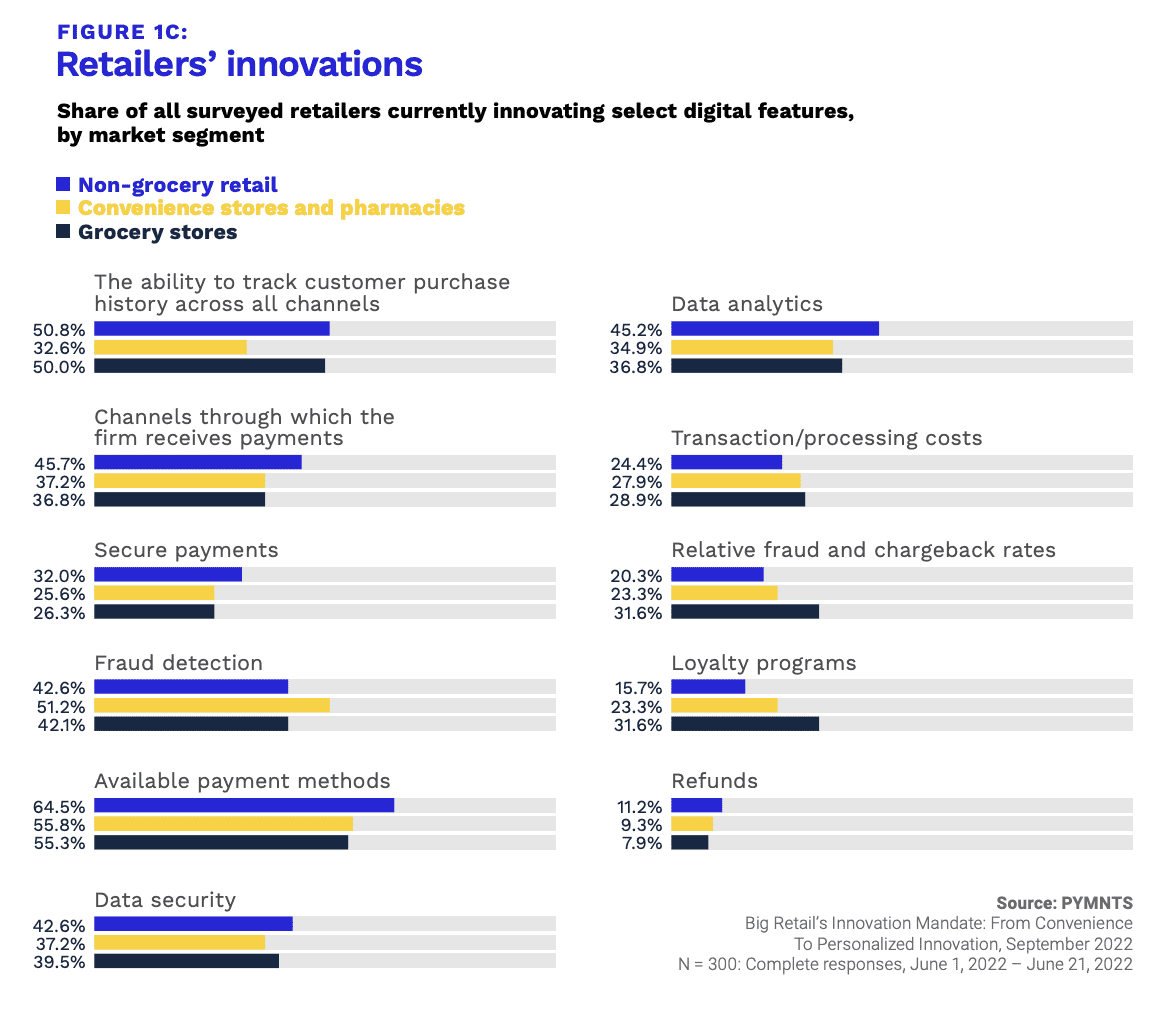Grocers Step up Efforts to Track Consumer Purchase History

For grocers to drive spending from consumers and advertisers alike, purchase history data is key.
The Context
On consumers’ side, grocers can leverage this data to personalize offers, driving sales with more relevant, targeted deals and messaging.
Earlier this year, for instance, Michigan-based supermarket chain Meijer, which has nearly 500 stores across the Midwest and Kentucky, announced the launch of an update to its mPerks loyalty program to improve its rewards personalization capabilities.
“Meijer is committed to providing value and convenience for our customers, and the changes we’ve made to mPerks expands on both by offering more personalized savings, along with more opportunities to earn points,” Vice President of Customer Strategy Derek Steele said in a statement at the time. “We want to ensure we’re continuing to provide personalized value while also making the experience fun and engaging.”

On advertisers’ side, these kinds of insights enable grocers to attract brands with the promise of in-depth analytics, measuring campaign effectiveness and enabling those brands to spend their ad dollars most effectively.
Sam’s Club, for its part, announced Tuesday (March 21) that it has made it possible for advertisers to attribute in-store sales to their advertising — search ads and sponsored listings — on the retailer’s digital platforms.
“Sam’s Club [Member Access Platform] is opening up a new era of transparency and efficiency in advertising,” Lex Josephs, vice president and general manager of Sam’s Club Member Access Platform, said in a statement. “Now, because of our unique knowledge of our members, we’re able to offer true closed-loop attribution for both online and offline sales.”
By the Numbers
Research from PYMNTS’ study “Retail Payments Innovation Year in Review: How Real-Time Payments Drive the in-Store Customer Journey,” which drew from a survey of 300 major U.S. and U.K. retailers, found that 50% of grocers are currently innovating their ability to track consumer purchasing data.
Additionally, the study found that three-quarters of retailers across industries in the U.S. and 83% in the U.K. are either currently innovating in this area or have plans to do so over the course of the year.

